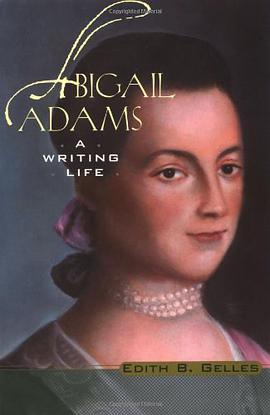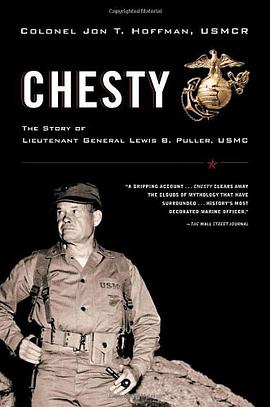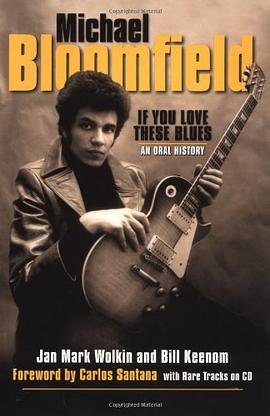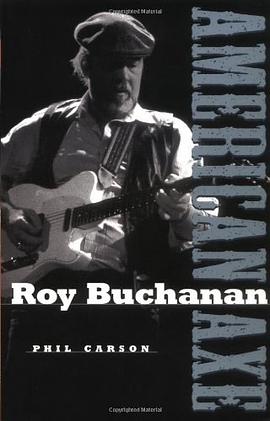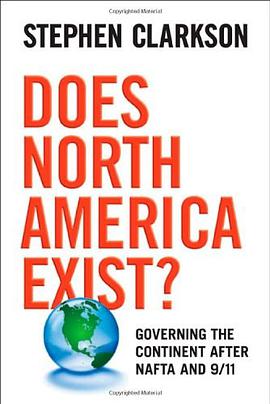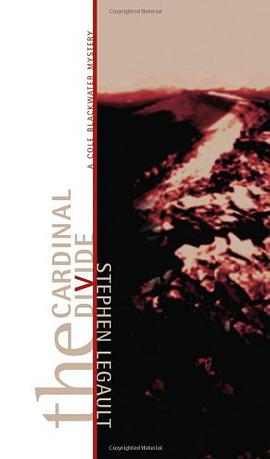

具体描述
"The Silencing of Ruby McCollum" refutes the carefully constructed public memory of one of the most famous-and under-examined-biracial murders in American history. On August 3, 1952, African American housewife Ruby McCollum drove to the office of Dr. C. LeRoy Adams, beloved white physician in the segregated small town of Live Oak, Florida. With her two young children in tow, McCollum calmly gunned down the doctor during (according to public sentiment) "an argument over a medical bill." Soon, a very different motive emerged, with McCollum alleging horrific mental and physical abuse at Adams's hand. In reaction to these allegations and an increasingly intrusive media presence, the town quickly cobbled together what would become the public facade of Adams's murder-a more "acceptable" motive for McCollum's actions. To ensure this would become the official version of events, McCollum's trial prosecutors voiced multiple objections during her testimony to limit what she was allowed to say. Employing multiple methodologies to achieve her voice-historical research, feminist theory, African American literary criticism, African American history, and investigative journalism-Evans analyzes the texts surrounding the affair to suggest that an imposed code of silence demands not only the construction of an official story but also the transformation of a community's citizens into agents who will reproduce and perpetuate this version of events, improbable and unlikely though they may be.
作者简介
目录信息
读后感
评分
评分
评分
评分
用户评价
相关图书
本站所有内容均为互联网搜索引擎提供的公开搜索信息,本站不存储任何数据与内容,任何内容与数据均与本站无关,如有需要请联系相关搜索引擎包括但不限于百度,google,bing,sogou 等
© 2025 book.wenda123.org All Rights Reserved. 图书目录大全 版权所有


